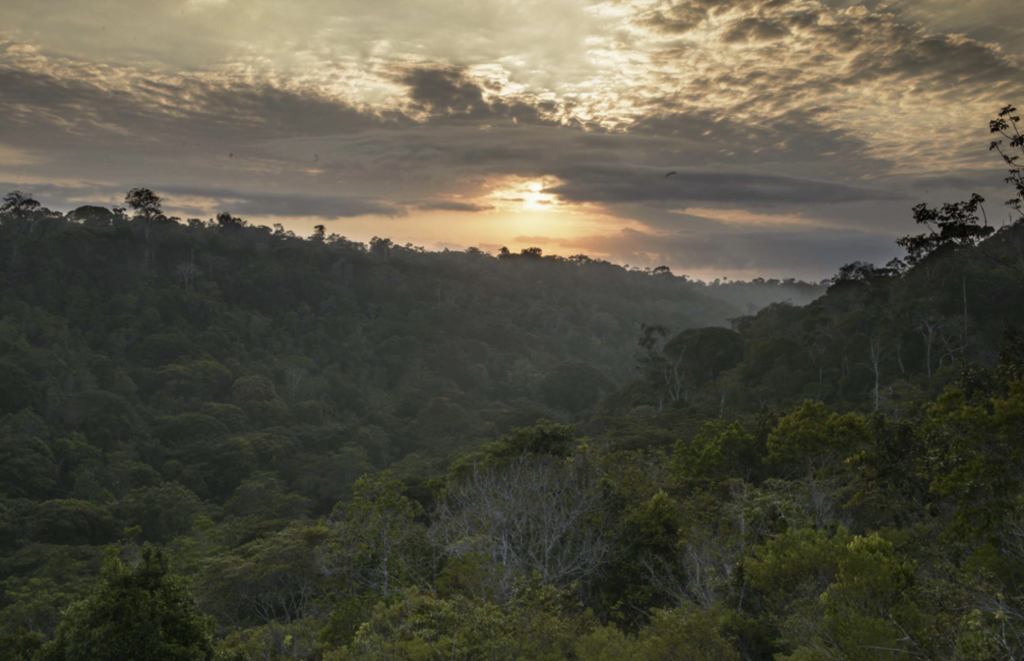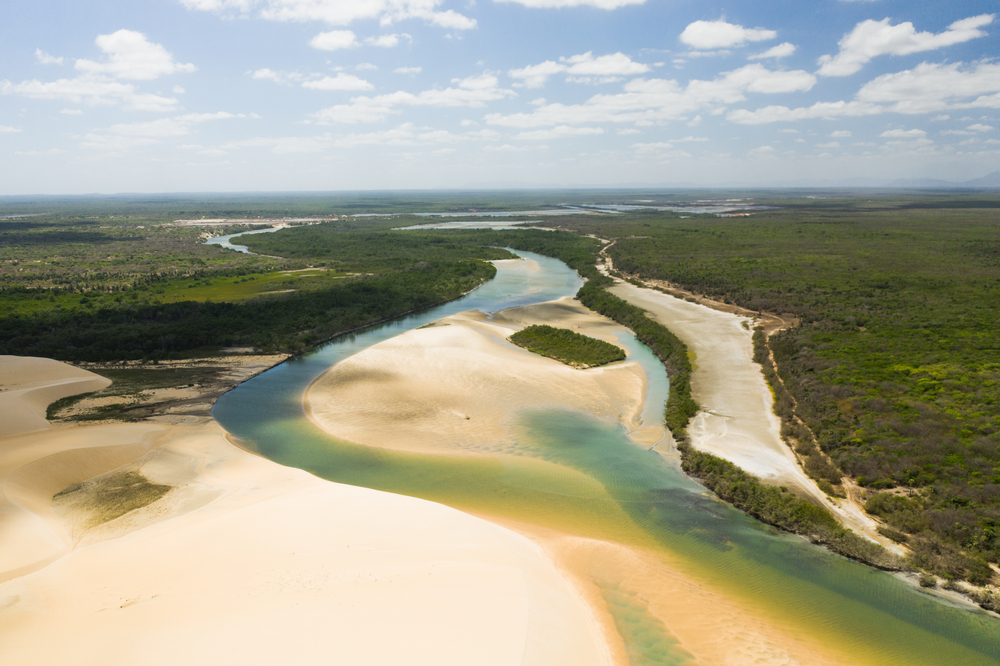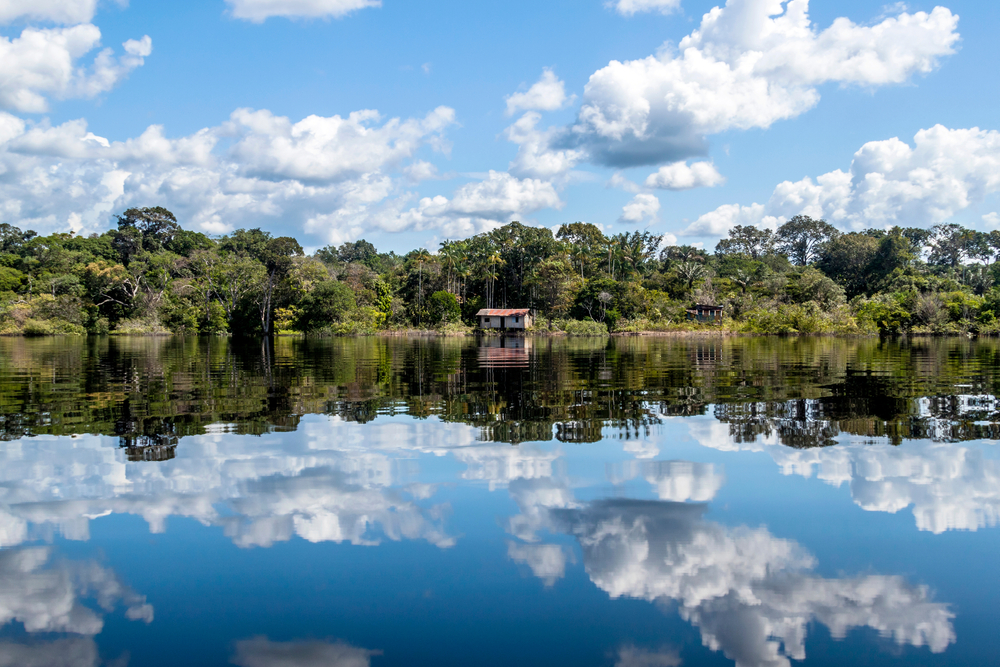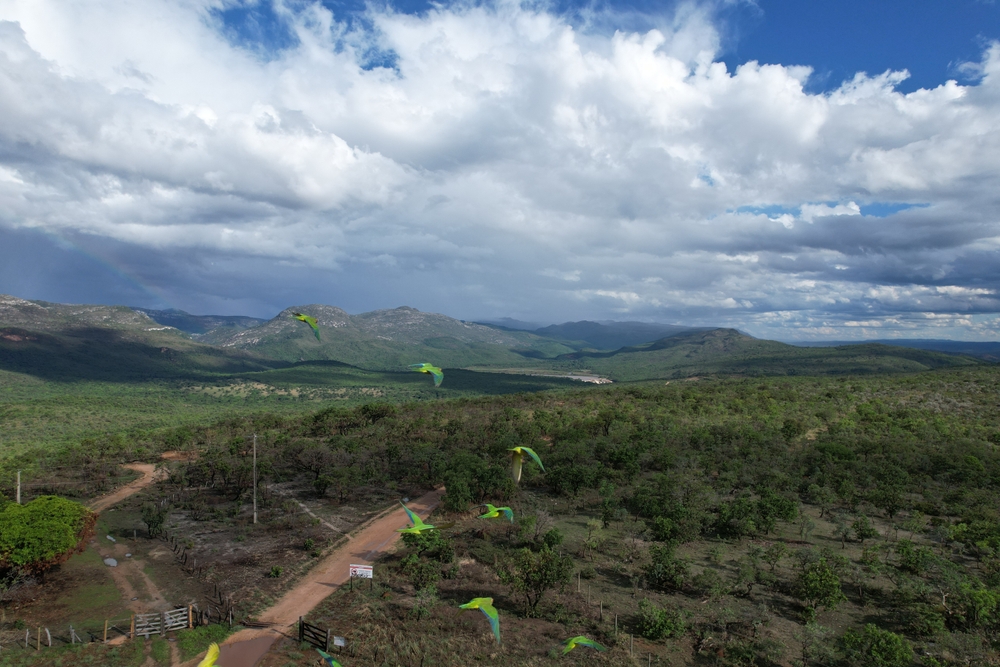Serra do Itajaí Overview
Serra de Itabaiana National Park, known locally as Parque Nacional da Serra de Itabaiana, is located in the northeastern Brazilian state of Sergipe. The park spans approximately 20.3 square miles, or 52.6 square kilometers, and serves as a critical preservation zone within the Atlantic Forest and Caatinga biomes.
Positioned between the municipalities of Areia Branca, Itabaiana, Laranjeiras, and Campo do Brito, this park offers an impressive natural landscape that transitions between lush forest, rocky terrain, and semi-arid environments.
The terrain is defined by the Serra de Itabaiana mountain range, with the Pico da Serra de Itabaiana rising as one of its highest points. Several waterfalls, such as Cachoeira do Cipó and Cachoeira das Cabras, cascade through the forested areas, contributing to the region’s ecological richness and scenic beauty.
The park’s landscape is characterized by a mixture of dense forests, open rocky outcrops, and seasonal streams. Its vegetation reflects a mix of humid Atlantic Forest species and more drought-resistant Caatinga flora, resulting in a biodiverse array of plant life.
Bromeliads, orchids, and ferns flourish alongside spiny shrubs and small trees, adapting to the varying levels of moisture and sunlight throughout the park. This ecological fusion creates a vibrant and shifting tapestry of green, especially during the rainy season when the forest becomes particularly lush and full of life.
Visitors to Serra de Itabaiana may encounter a range of wildlife species, making the park an important refuge for regional biodiversity. Among the mammals, common sightings include armadillos, foxes, and small primates such as the common marmoset.
Though elusive, species like the ocelot may also roam the denser forested zones. The park is especially known for its birdlife, with over 150 species recorded, including the vibrant blue-crowned trogon, toucans, and various hummingbirds. Raptors such as hawks and caracaras also soar above the cliffs, offering birdwatchers a rich and rewarding experience.
Several features make the park popular with both nature enthusiasts and local visitors. Trails such as the Trilha do Ribeirão and Trilha do Caldeirão allow hikers to explore waterfalls, panoramic lookouts, and forest enclaves.
The geological formations throughout the park are of scientific interest and aesthetic appeal, and the cooler highland microclimate offers a refreshing contrast to the hotter surrounding regions. Educational groups often visit for ecological study and recreational outings, as the park is also a place of cultural and environmental learning.
Visitors can engage with the park through hiking, birdwatching, photography, guided tours, and occasional community-led cultural events. There is growing interest in ecotourism, and local guides provide insight into both the ecological and cultural significance of the region.
The park’s management, overseen by ICMBio (Chico Mendes Institute for Biodiversity Conservation), has implemented various conservation strategies to address illegal hunting, deforestation, and encroachment.
Community involvement and environmental education programs have contributed to positive shifts in awareness and stewardship, though challenges remain in fully enforcing protection across all park boundaries.
Efforts to reforest degraded areas and monitor endangered species populations have shown progress, but ongoing vigilance is needed to safeguard the park’s fragile ecosystems.
Partnerships with universities and NGOs have strengthened research and sustainability initiatives, helping position Serra de Itabaiana as a vital conservation site within Brazil’s protected areas network.


















































































